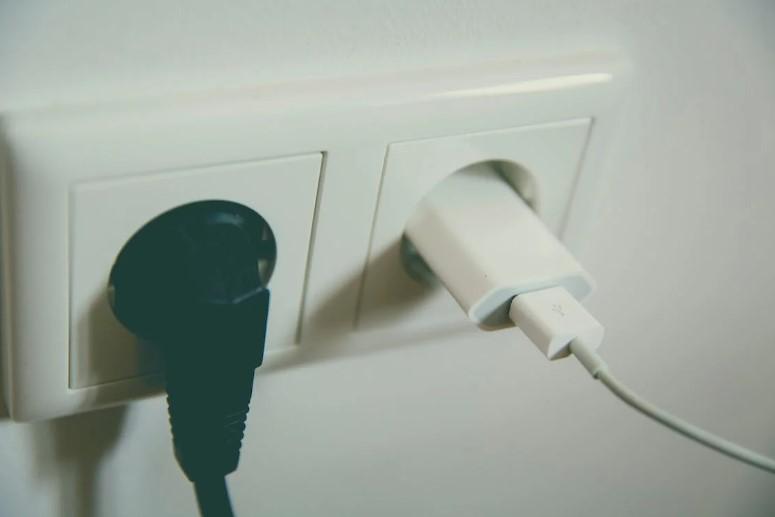Introduction:
As the world accelerates towards a greener and more sustainable future, electric vehicles (EVs) have become a pivotal player in reducing our carbon footprint. With the surge in EV adoption, the need for efficient charging infrastructure has never been more critical. This article aims to shed light on the key aspects of EV charger installation, with a particular focus on Level 3 EV chargers.
EV Charger Installation:
Installing an electric vehicle charger is a crucial step in promoting widespread EV adoption. The process involves careful planning, adherence to local regulations, and ensuring that the charging station meets the specific needs of the users. Home charging stations, workplace charging, and public charging infrastructure are three primary categories for EV charger installation.
Home Charging:
Home charging is the most convenient and accessible way to keep your EV powered up. Installing a Level 2 charging station at home provides a faster charging rate compared to a standard household outlet. This ensures that your EV is ready to roll with a full battery each morning.
Workplace Charging:
Employers are increasingly recognizing the importance of providing charging infrastructure at the workplace. This not only supports employees who drive electric but also contributes to corporate sustainability goals. Installing Level 2 chargers at the workplace can encourage more individuals to make the switch to electric vehicles.
Public Charging Infrastructure:
Public charging stations play a crucial role in addressing the range anxiety often associated with EVs. The strategic placement of Level 2 chargers in public spaces, such as shopping centers and parking lots, ensures that drivers can conveniently charge their vehicles while going about their daily activities.
Level 3 EV Chargers:
Level 3, or DC fast chargers, represent the pinnacle of EV charging technology. These chargers deliver an incredibly fast charging experience, making them ideal for long-distance travel and reducing charging time significantly.
Key Features of Level 3 EV Charger:
Rapid Charging Speeds: Level 3 chargers can provide an EV with a substantial charge in a matter of minutes. This high-speed charging capability makes them essential for drivers who need to cover long distances and require quick pit stops for recharging.
High Power Output: Level 3 chargers operate at a higher power output compared to Level 2 chargers, allowing for faster charging rates. This is achieved by delivering direct current (DC) power to the vehicle’s battery, bypassing the vehicle’s onboard charger.
Compatibility: While Level 3 chargers offer impressive charging speeds, not all EVs are compatible with this technology. It’s crucial for EV manufacturers to design vehicles that can leverage the high-power capabilities of Level 3 charging infrastructure.
Strategic Placement: Level 3 chargers are typically strategically placed along major highways and in urban areas, facilitating long-distance travel and supporting the growth of electric mobility.
Conclusion:
As the automotive industry embraces the electric revolution, the installation of EV chargers, particularly Level 3 chargers, is pivotal for the success of widespread EV adoption. Whether at home, work, or in public spaces, the careful planning and strategic placement of charging infrastructure are essential components of building a sustainable and efficient electric vehicle ecosystem. As technology continues to evolve, the future of EV charging looks promising, with faster and more convenient charging options on the horizon.



